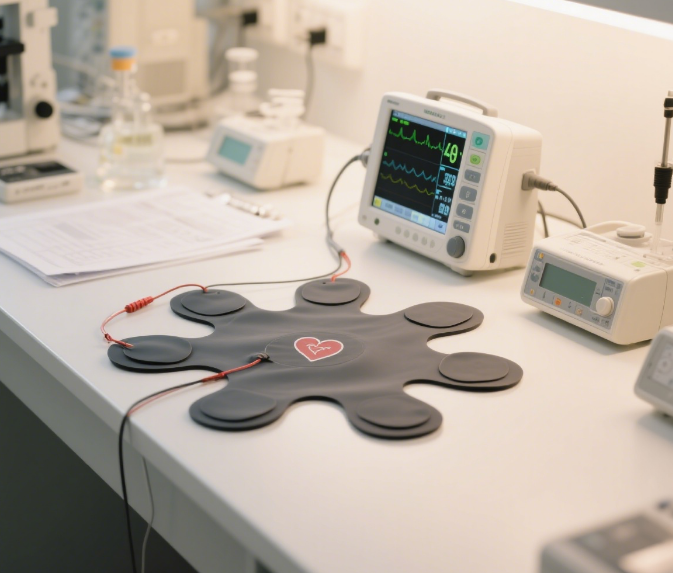Silicone Sealant in Diagnostic Equipment
2025/06/27
0
Silicone sealant has emerged as a key material in diagnostic equipment, playing a multifaceted role in ensuring the functionality, reliability, and longevity of these sophisticated devices. With its unique combination of properties, silicone sealant addresses a wide range of challenges faced by diagnostic equipment manufacturers and users.
Silicone sealant is a type of adhesive sealant based on silicone polymers. It offers excellent weather resistance, chemical stability, high and low-temperature tolerance, and flexibility. These properties make it highly suitable for use in diagnostic equipment, which often operates in diverse environmental conditions and requires components to be well-protected.
One of the primary applications of silicone sealant in diagnostic equipment is in waterproofing and dustproofing. Many diagnostic devices, especially those used in clinical settings or mobile applications, need to be protected from moisture and dust ingress. Silicone sealant is applied to joints, seams, and openings in the equipment enclosures to create a tight seal, preventing water, dust, and other contaminants from entering the device. This protection is crucial for maintaining the integrity of the internal components, such as electronic circuits and sensors, and preventing malfunctions caused by environmental factors. For example, in portable ultrasound machines that may be used in various locations, including outdoor or humid environments, silicone sealant ensures that the sensitive electronic parts remain dry and operational.
In addition to environmental protection, silicone sealant is also used for vibration damping and shock absorption. Diagnostic equipment often contains delicate components that can be damaged by vibrations or impacts during transportation or operation. By applying silicone sealant between components or to mounting surfaces, manufacturers can reduce the transmission of vibrations and shocks, protecting the sensitive parts from damage. This is particularly important in equipment like MRI scanners, where even small vibrations can affect the accuracy of the imaging results. The flexibility of silicone sealant allows it to absorb and dissipate mechanical energy, providing effective protection for the internal components.
Another important use of silicone sealant is in electrical insulation. Diagnostic equipment relies on precise electrical signals for accurate measurements and diagnoses. Silicone sealant can be used to insulate electrical connections, wires, and components, preventing short circuits and electrical leakage. Its excellent electrical insulation properties, combined with its high-temperature resistance, make it suitable for use in high-voltage or high-temperature electrical systems within diagnostic devices. This insulation not only ensures the safe and reliable operation of the equipment but also protects patients and operators from electrical hazards.
Furthermore, silicone sealant can be used for bonding and assembly purposes in diagnostic equipment. It can bond different materials, such as metals, plastics, and glass, providing a strong and durable connection. This is useful for attaching components, such as displays, buttons, and covers, to the main body of the diagnostic device. The adhesive properties of silicone sealant, along with its flexibility, allow for stress-free bonding, reducing the risk of component failure due to mechanical stress or thermal expansion and contraction.
However, the use of silicone sealant in diagnostic equipment also requires careful consideration. One challenge is ensuring proper application to achieve an effective seal or bond. Factors such as surface preparation, application thickness, and curing conditions can significantly affect the performance of the sealant. Additionally, some silicone sealants may release volatile organic compounds (VOCs) during the curing process, which can be a concern in medical environments where air quality is important. Manufacturers are constantly developing low-VOC or VOC-free silicone sealant formulations to address this issue.
In conclusion, silicone sealant is an indispensable material in diagnostic equipment. Its ability to provide waterproofing, dustproofing, vibration damping, electrical insulation, and bonding makes it essential for the reliable operation and long-term durability of these devices. As the demand for more advanced and reliable diagnostic equipment continues to grow, the development and application of silicone sealant will likely play an even more significant role in the future.

















